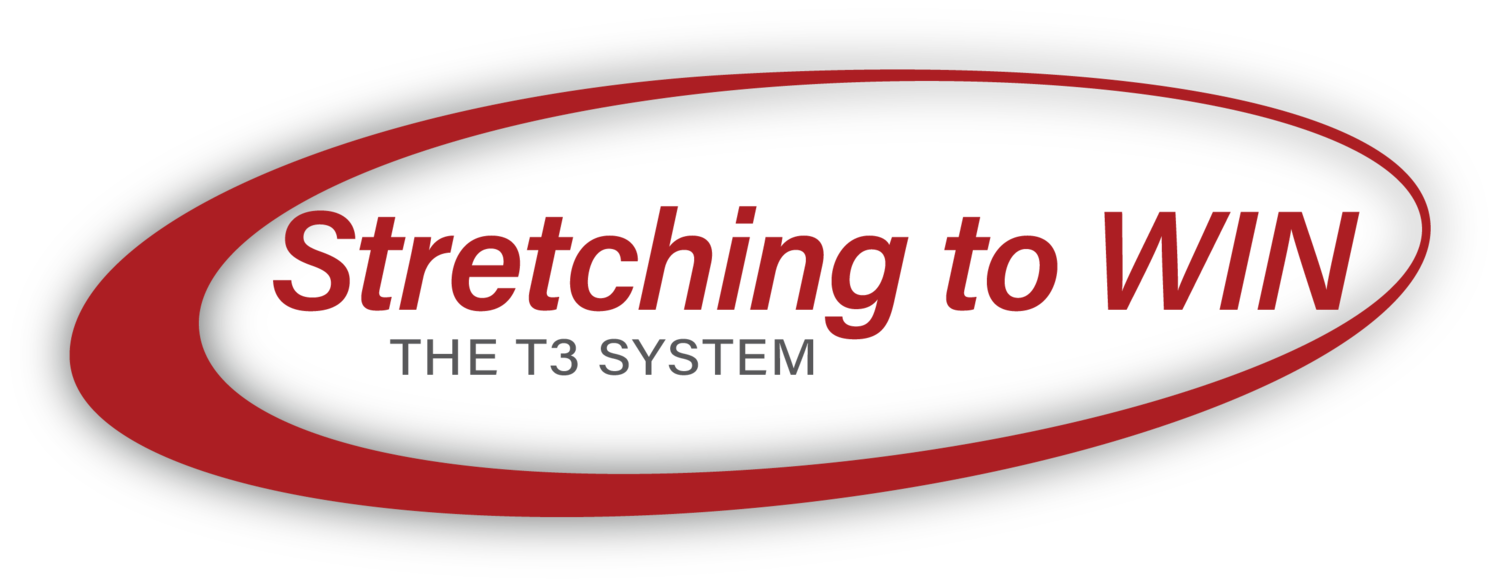Hip Mobility is Key to Maintaining Good Overall Health
Do you have trouble getting out of bed in the morning? Are you experiencing pain in your back or knees? If so, you need to start focusing on your hip mobility. Here's why.
Did you know that hip mobility is key to maintaining good overall health? Many people don't realize how important it is until they start to experience problems. Athletes and seniors are two groups of people who really need to focus on their hip mobility. In this post, we'll discuss how important hip mobility is and offer some tips for improving it.
We all know that a strong core is vital to athletic performance, but did you also realize how important hip mobility can be? Your pelvic girdle starts with your center of gravity and ends at the joints in between each bone.
This means if one side moves forward while another backward it will affect every muscle group attached to them which leads to injuries! It’s really important for us to balance our hips without swaying too much from side-to-side, front or back depending on what sport we do."
This is why most athletic injuries in the lower body start at the hip what defines the hip truly is two hip bones ( 2 ilium, a pubic pone and sacrum ) What you’re looking for is the perfect balance between your hips and your center of gravity so you can maintain your form regardless of the sport or activity.
Think about the structure of the hip and how many elements are in play: The hip is a ball and socket joint that connects the femur to the pelvis. The hip joint is important for the movement of the leg, including walking, running, and jumping. The hip joint is a complex joint with many muscle groups that work together to produce movement.
The muscles in the hip joint include the gluteus maximus, gluteus medius, gluteus minimus, piriformis, hamstrings, adductor magnus, and iliopsoas. These muscles work together to produce movement of the hip joint. The gluteus maximus is the largest muscle in the hip and is responsible for extending the hip joint. The gluteus medius and gluteus minimus are responsible for abducting the hip joint. The piriformis is responsible for rotating the thigh outwards. The hamstrings are responsible for flexing the knee and extending the hip joint. The adductor magnus is responsible for adducting the thigh. The iliopsoas is responsible for flexing the hip joint and tilting the pelvis forwards.
Hip mobility is important for movement of the leg. Hip mobility allows us to move our legs in all directions, including forwards, backwards, sideways, and rotationally. Hip mobility is also important for activities such as walking, running, and jumping.
The hip is a ball-and-socket joint, and as such, it is subject to a lot of wear and tear. Over time, this can lead to the development of stiffness and pain in the hip area. There are several things that can contribute to this stiffness, including tight muscles, poor blood circulation, and lack of flexibility. Remember, tight muscles are weak muscles and that is the point open to injury.
I frequently see patients in our office with unresolved knee pain. Many times, they have been to other providers for treatment and have only experienced minimal temporary relief. Often the patient has lost mobility due to the pain in the knee. Many of these patients experience swelling, clicking, grinding, or stiffness on a regular basis. They are usually frustrated and tired of not being able to do the activities they want to do.
When I evaluate a patient, for any condition, I am focused on finding the cause of the symptom, and not singularly focused on the symptom itself. This can lead me away from the site of pain in my evaluation but can unlock the true source of the patient's problem. For many of our knee pain patients, the evaluation will lead us to their pelvis and hip joint. The reason for this is that when these joints are not moving correctly it places added strain and pressure on the knee joint resulting in pain. Once we are able to correct the motion at the hip joint many times the knee pain will resolve itself.
The T3 System is designed when treating an injury to isolate the injury and start the recovery process. T1. Active blood flow stretching holding phase is 1 to 2 seconds and start repeating motion and most importantly listening to the stretch reflex. (The point where you feel the stretch)
(There should never be an injury with a Flexibility program)
We're not talking about overstretching a muscle that's been injured we're talking about listening to the reflex and modifying the stretch using a stretch rope to assist Until we reach full range of motion throughout the injury recovery process. It's important to remember that when we're providing treatment, we need to stretch every muscle in the pelvic girdle in a set order so we any one muscle or muscle fiber for healing with Active Blood Flow Stretching. Although it may seem like a lot of work, it's essential to stretching each muscle in order to prevent further injury and promote healing. With a little patience and perseverance, we can get through this injury recovery process and come out stronger on the other side.
T3 System uses this approach to every injury. As we start the recovery process one stretch at a time, we are still following the golden rule of stretching 20 seconds. We're just holding one to two seconds and repeating motion for 10 repetitions. Again, listening to the reflex (the point where you feel the stretch) so we do not overstretch. The latest recent searches showing that we are creating neurological pathways.
Our system is designed to address and identify muscle imbalances through a specific stretching protocol. This protocol can help unlock athletic performance by helping the muscles work together more efficiently. I have seen this system firsthand in Track and Field. Turnover is key in sprinting, and if the hips are locked up, it can lead to nagging injuries.
For every action, there is a reaction, and you want that reaction to be positive. Otherwise, it can lead to an injury that ends your career or causes you to miss time away from the sport. The T3 System can help prepare you for the zone, where everything is automatic. Blood flow and ABF stretching go hand-in-hand to create synergy athletically.
When all the muscles in your kinetic chain are firing on all cylinders, you can reach your full potential athletically. However, this isn’t always easy to do if you’re experiencing pain or discomfort. If you’re not sure where to start when it comes to resolving pain and improving your performance, our specialists are here to help. Contact us today to schedule a consultation and find out the source of your pain so that we can help get you back on track.








